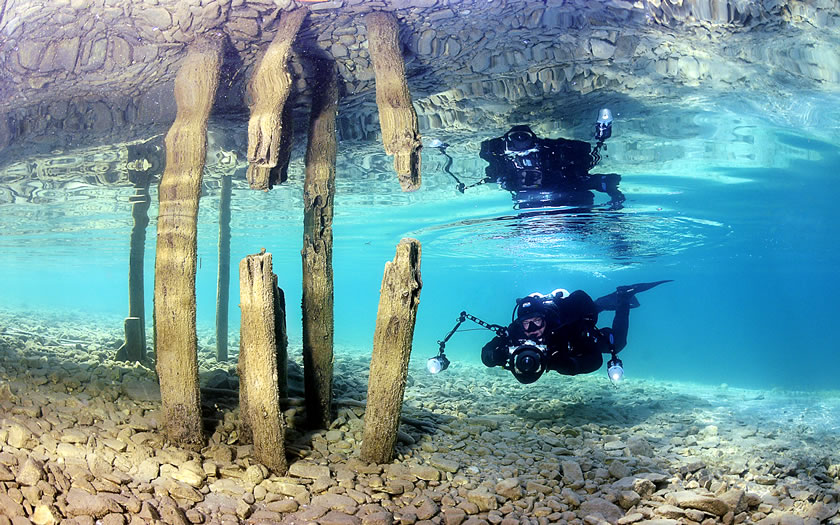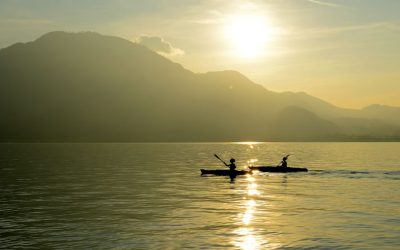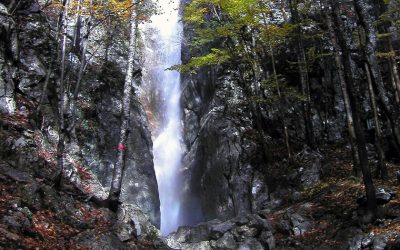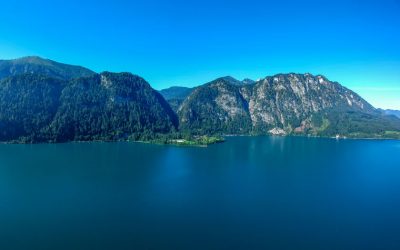Divers can find some unusual attractions at the Attersee lake in Upper Austria. Here they can explore sites related to the prehistoric pile dwellings that are the reason for the UNESCO World Heritage Site designation.
The Attersee is one of the most popular locations for divers in Austria, with 23 diving access points and several diving schools. From 2019 divers have been drawn to three special diving attractions.
They all have the 111 prehistoric pile dwelling sites of the UNESCO World Heritage Site designation “Prehistoric Pile Dwellings around the Alps” as their theme. Five of these sites are located in Austria: three of them are hidden in the Attersee, one in the Mondsee and one in the Keutschacher See in Carinthia.
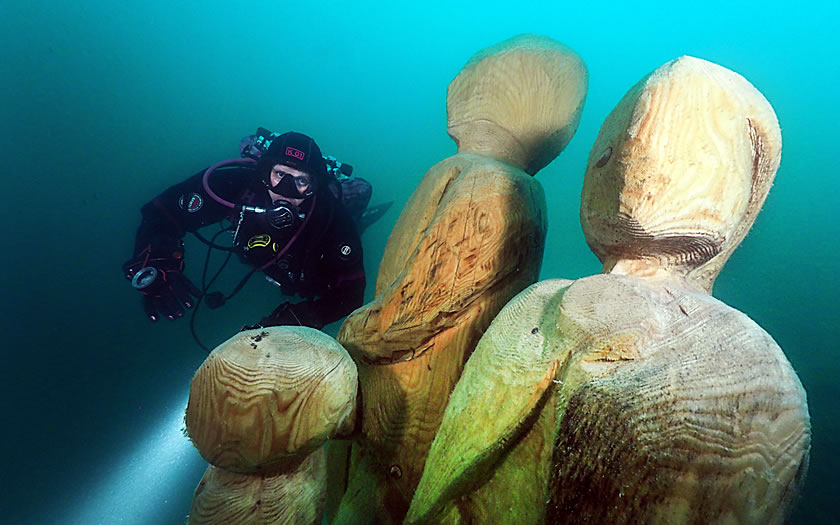
© Tourismusverband Attersee-Attergau | Angelika Neuhofer
The goal at the “Hinkelsteine” diving site in Steinbach am Attersee is to find a group of life-size figures from the Stone Age, Bronze Age and Iron Age. The sculptures were created by a wood artist from the region.
There is a “pile-dwelling forest” at a depth of 15 metres at the site in Nußdorf am Attersee. Representing the number of pile dwelling settlements in the Alpine region, 111 piles stand in the bottom of the lake. The piles are arranged in the form of a footbridge and an enclosure and thus pick up architectural elements of the prehistoric settlements.
The “Dixie” site in Weyregg am Attersee leads to an abstract model of a pile dwelling. It was sunk in the Attersee and has been a popular destination for divers ever since.
More information: attersee-attergau.salzkammergut.at

